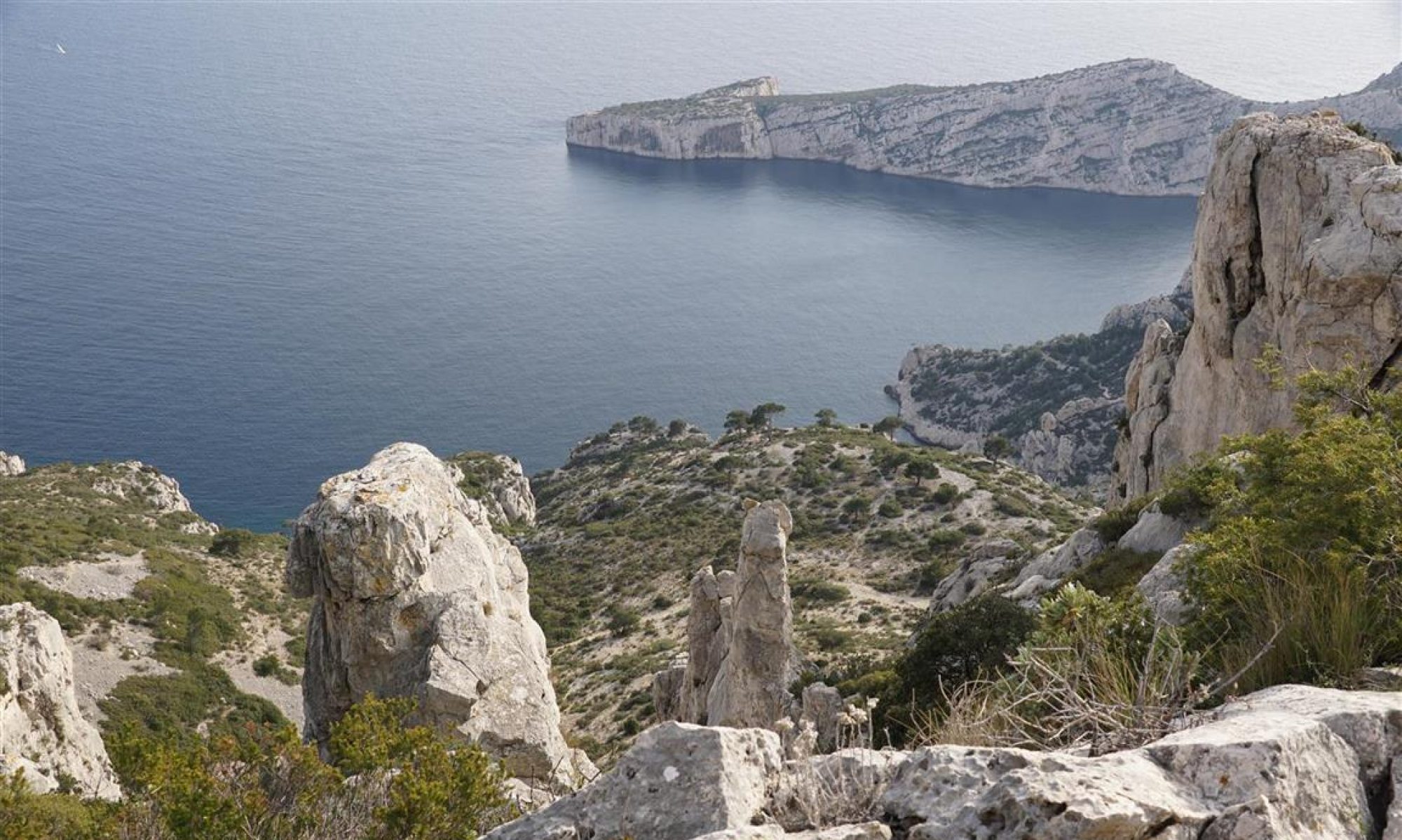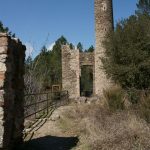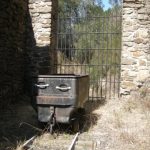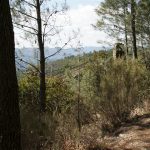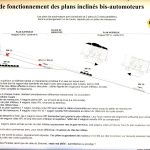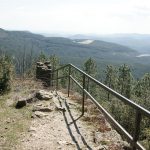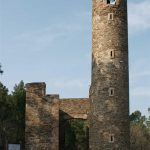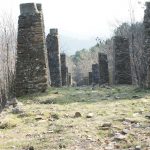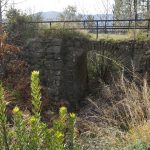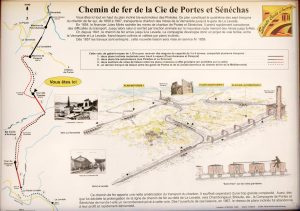
Coal mines, railroads, businessmen and engineers
The story of the “plans inclinés” starts around 1853. Coal mining was already in progress in the Alès basin and coal was found in a number of localities, including La Vernarède – an off-the-track village in the shadow of the Portes castle. The village found itself in the middle of a coal mining boom when several deposits of coal were located in the Broussous valley. Mining coal is one thing. Getting it to market was quite another.
In the early 1850s, there were no good roads from La Vernarède to markets for coal in Alès so creativity was required. Enter Jules Mirès, an industrialist from Marseille, who purchased the mines of Portes and Sénéchas and undertook to construct a narrow gauge mountain rail system to transport the coal over 2 passes and across a wide valley to the Levade rail head in the main Gardon river valley. He built a system of motorized traction, using steam driven winches for the heavy lifting combined with a system of sloping ramps or “plans inclinés”, pulleys and counterweights.
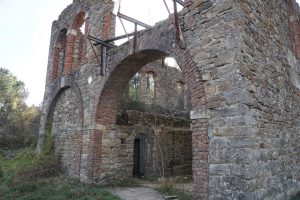
At Pourcharesses halfway between the valley bottom and again at Pereyrols, on the ridge line above La Vernarède, Mires engineers installed steam-driven winches to pull the small coal cars up the 11,5% slope over 1,75 km of narrow gauge track. From Pereyrols, coal vehicles moved to Les Pinèdes by rolling down inclined track. Then at the Pinèdes tower, in a position overlooking the intermediate valley and lower pass, engineers installed a complex system of cabling and counter-weighting allowing loaded cars to roll down the inclines while simultaneously towing empty cars uphill. From les Pinèdes to the railhead, there were 2 of these pulley and counterweight systems combined with intermediate sloping ramps where coal cars were allowed to free-wheel (but with a braking system) on sloping ramps. Two schematic diagrams are posted at the Pinèdes tower explaining how this system worked and both are pictured here. It was not a simple system. The engineering work was carried out by Paul-Adrien Bourdalouë who had also worked on the Suez Canal.
From the lookout point at the Pinèdes tower, until 2014, it was possible to see where the sloping tracks passed through the forest below. Since then, trees at les Pinèdes have grown to obscure the view. It is still possible however to see the Simonet tower, reachable on foot in about 2 hours or on a shorter walk starting in La Levade. Documents indicate that no one of the need for the the 2 towers. However, synchronized hitching of cables to the coal cars at different locations required coordination so this might have been the use of these towers.
Visible remains
- The Pinèdes and Simonet towers and buildings are in fairly good shape after recent renovations by the municipality of Sainte-Cécile-d’Andorge.
- At Pereyrols : the large building formerly housing one of the steam-driven winches is still standing, though in poor shape.
- Between Pereyrols and the tower at Les Pinedes : along the forest road, we found remnants of the down-sloping ramp used to roll coal cars leaving Pereyrols.
- in La Vernarède : Ruins of the rail station and ramps are still visible as are some warehouses nearby but little else remains.
- In La Canebière : parts of the the viaduct masonry of the inclines are clearly visible along the main road. A few remaining arches in this viaduct now serve as garages.
- Also in La Canebière : a second platform and viaduct are visible in undergrowth about 300 m to the east of the main ramp. The axis of this second ramp points to the location of the large chimney in Pourcharesses. It’s not clear whether this second ramp was part of the Mirès system. The chimney, in any case, has nothing to do with the transport system and constitutes the only remains of a large coke furnace which would have been built after the abandon of the “plans inclinés”.
- In Pourcharesses : the former administrative offices of the mining company have been converted to a charming hotel.
End of the (rail)road

Around 8 years after the start of operations of this system, an extension of the Levade railroad arrived at the nearby town of Chamborigaud and Mirès obtained the construction of a private spur line into La Vernarède. As soon as the spur was ready, it became the preferred way to get coal out to market. The “plans inclinés” system, having operated only since 1859, was abandoned in 1867. The “plans inclinés” was a dangerous system, requiring men to ride on the coal trains and operate braking, hitching and unhitching apparatus. Many were killed and this was an additional reason why the system was rapidly abandoned.
Pictures
Site locations
